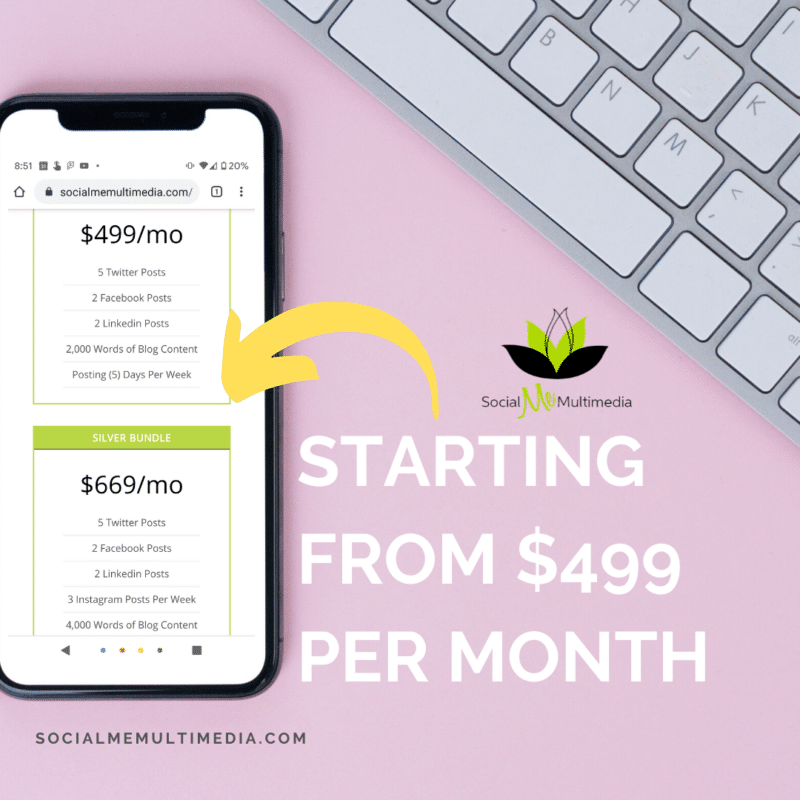One of our favorite movies of all time, is ‘Field of Dreams’. But in digital marketing, we also know that the mantra of “if you build it, they will come” doesn’t actually happen for a website. There are so many beautiful websites out there not reaching customers and sitting there in the ghost land of being indexed by major search engines.
A lot of digital marketing agencies like to keep their clients in the dark. We’re different. You see, we enjoy sharing what we know with our clients so that they understand the ‘how’ and ‘why’ of each web development, SEO and content marketing deliverable we provide them with.
So, if you are in that boat, and trying to figure out what the problem is (and why your website isn’t earning you more traffic), start with this list of the seven most common problems.
1. Your Website Loads Too Slowly
Think about the last time you clicked on a link, to visit an online store, a restaurant or a business you were interested in. Did that website take forever to load? Chances are you didn’t wait around but went back to search for a similar business. Because nothing is more aggravating than hitting the refresh button over and over again, for a website that simply will not load.
The average consumer or business customer will do that once, before they look for another option. That is the customer experience every time someone clicks on a website that has not been optimized for load speed. There are a variety of reasons that this happens, but one of the most common is managing image sizes.
Whether you have an e-commerce store and images for your products, or a blog with large featured images, you need to balance the quality of the resolution of your images with file size. This is an important step that many people miss, and it’s the first place our team at Social Me Multimedia starts when we are evaluating website performance for our clients.
There are a variety of different plug-in’s and software that will compress images when you upload them. A simple click of the button will do that math for you; reducing the size of the graphic in terms of DPI without impacting the visual quality of the image.
2. Your Mobile Experience Doesn’t Work for Customers
Many small and medium sized business owners don’t know how their mobile view looks on their website. This is one of the most important factors for website design or redesign, because up to 70% of your traffic can come from smartphone viewers.
Some of the most common problems we see with bad mobile design include:
- Small buttons for call to action. If it is hard to click on a link or a ‘contact us’ button, the experience is frustrating for your customers.
- Overlapping text. The H1 headers may look fabulous on desktop or tablet views, but they need to be individually resized to work for mobile website visitors.
- Too many menus. Remember, your potential customers are clicking on a relatively small smartphone screen. Your mobile display shouldn’t be complex, and this often involves auditing what is most important, to keep it easy to navigate for your customers.

3. Not Enough Content on Landing Pages
Our team has these profound ‘wow’ moments, when we are contacted by a frustrated business owner how has had an expensive website design done for them; with virtually no content. There they are, sitting with this visually appealing site that is still not even ranked by search engines, two or three months after they launch.
Consider that if your website has zero global or domestic ranking, you are pretty much invisible online to search engines, and thereby the customers you are trying to recruit. So much for the splashy design right? You need your website to WORK HARD to help you find and convert visitors into customers.
The biggest problem we see with many websites is insufficient content on the landing pages. We know what Google expects; at least 315 words of optimized copy on each landing page. Too much, and your page looks crowded. Too little, and you risk a content penalty and your website simply won’t rank well.
And the content HAS to be optimized for SERPs.
4. No Clear Call to Action for Website Visitors
Imagine the customer journey on your website and take a step back and pretend you are the customer. When you arrive on the landing page, what is your experience? Do you know immediately what the business does and what they offer? Let’s say you are very interested in contacting or visiting the business; is it easy to take that next step?
That’s what a call to action or CTA is in digital marketing speak. It is placing opportunities in the right places on your website to nudge prospective customers into taking an action. Whether that is downloading a free e-book or a coupon, signing up for your email for special offers or news about your products and services, or simply the contact-us form. Make sure you are asking your customers for the action you want to see happen on your website.
5. No Google My Business (GMB) or Optimization of Your Business Profile
Your business may not be currently spending on Google Ad’s, but does that mean you do not need to have your GMB set up? Nope! But it makes sense that many business owners draw that conclusion. So, let’s talk briefly about why you need to set up your Google My Business account.
Google has a dashboard of tools in GSuite that help you monitor analytics including website traffic, reviews (and responses), a photo gallery for your business and much more. In fact, Google just added a fantastic new beta service within the GMB dashboard, that allows you to add services (with a thumbnail image) and pricing.
For instance, if you are a law firm, you may want to showcase a variety of services including probate, criminal defense, estate or family law. You can provide a brief description of each of those services and link them back to the relevant landing pages on your website. That’s helping Google help YOU generate more traffic and leads, organically!
There are a variety of technical aspects to optimizing your Google My Business account. Is it worth it? Ask yourself how many times you ‘Google’ for a local service provider, restaurant, event venue, or B2B supplier. Pretty often, right? When your profile is optimized Google understands what you provide, where you are located, and can make sure your business comes up in local search. Even if you aren’t spending a dime on advertising.

6. You Are Not Adding New Content Regularly
A blog? For my business, really? We know it takes time and effort to create blog posts about your business and add them to your website. And we’ve met many businesses who have tried the strategy of investing in paid advertising in lieu of adding content to their site.
Here’s the thing; if you aren’t adding fresh content to your website on a monthly basis, you are really limiting your ability to rank your website well. Sure, you can enjoy a website traffic uptick when you allocate a big budget to monthly advertising, but what you really want to do (in tandem with advertising) is make sure you are habitually adding new posts to your blog.
Search engines like that. And when they see that kind of organic content marketing going on a monthly basis, they use it as part of a trust measure. They are more likely to refer people to your website if you are adding fresh content monthly. And any SEO professional who tells you that you don’t need content to build your DA (domain authority) is lying.
Now the next question for most business owners is “what can I share on my blog?” If you sell products or services, tell your customers about them! How does your business solve a common problem your target customer has?
What is unique about your business and your service approach to customers? Are you involved in community events, including team sponsorships, local programs or other acts of volunteerism or philanthropy? Add a ‘giving back’ category to your blog and share that aspect of your business culture with your customers.
7. You Are Still Using Flash on Your Website and Mobile View
In October of 2019, Google announced that it will stop indexing and ranking Flash content in it’s search engine. It will also not process any applications that have Flash SWF files. What does this mean if you have multimedia rooted in Flash on your website? Now is the time to upgrade your site and get that Flash out of there!
Since the early 90’s, Flash was an effective way to get attention and added that dynamic animated or rich multimedia aspect to websites. But it never worked on Apple products (reason number one to have nixed Flash years ago). But Flash was also notorious for being a liability to website security, as it was vulnerable to malware, and Google is not the only search engine that is phasing it out.
Will having Flash files on your website result in a search engine penalty? It is unlikely to blacklist your website, but that content will not be processed (displayed) so it will look pretty unpleasant on the pages where Flash elements are active. And since it won’t be indexed, it’s going to be virtually valueless in terms of your SEO strategy.

